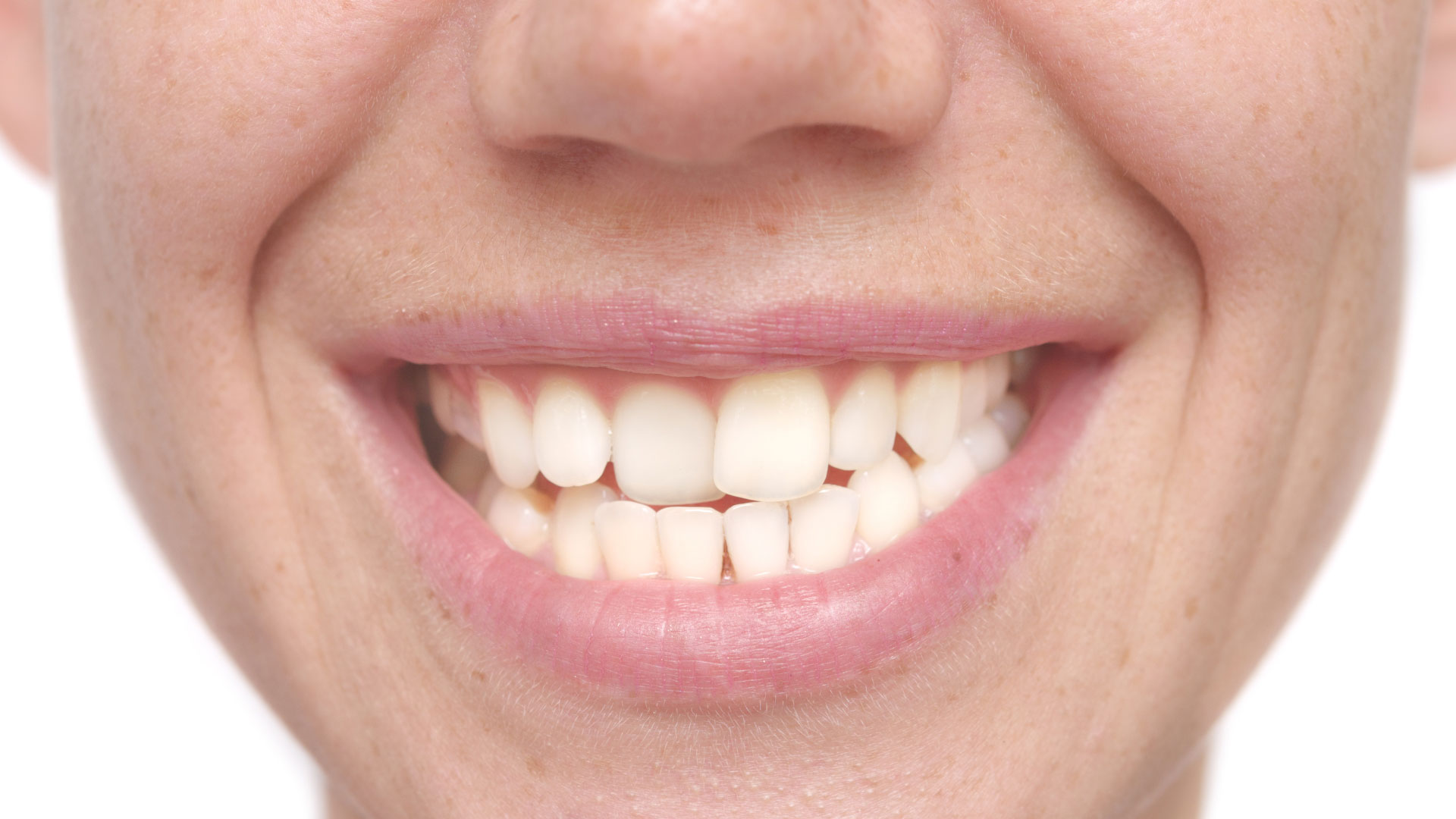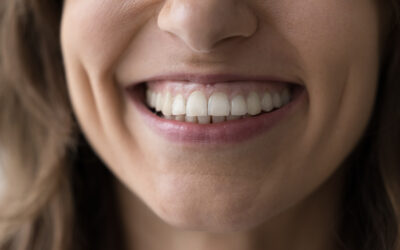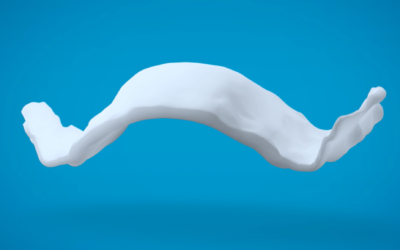Have you noticed changes in your smile over time? Even if you’ve had straight teeth for years—whether naturally or after orthodontic treatment—your teeth may still shift. This movement can be gradual and unnoticeable at first, but over time, it may lead to misalignment, crowding, or even bite issues.
Teeth shifting is a common concern, and while some movement is natural, excessive shifting can impact not only your appearance but also your oral health. Understanding why your teeth move and how to prevent unwanted changes can help you maintain a healthy, beautiful smile for years to come.
1. The Natural Aging Process: Why Your Teeth Move Over Time
As we age, our bodies change—and so do our teeth. The jawbone naturally loses density over time due to bone remodeling, a process in which old bone tissue is broken down and replaced with new tissue. This slow change can cause teeth to shift forward and crowd together.
This is particularly common in the lower front teeth, even in individuals who previously had straight teeth. Additionally, the ligaments and fibers that hold teeth in place may weaken slightly over time, allowing for minor movement.
How to Prevent Age-Related Shifting:
- Wear a retainer or a bite splint (even years after orthodontic treatment) to maintain alignment.
- Visit your dentist or orthodontist regularly to monitor bite changes and address minor shifts before they worsen.
- Practice good oral hygiene to maintain gum and bone health, as strong support structures help stabilize your teeth.
2. Not Wearing a Retainer After Orthodontic Treatment
If you’ve had braces or clear aligners, your teeth were moved into their ideal positions, but they won’t stay there without reinforcement. Teeth naturally have a tendency to shift back to their original positions, a process known as orthodontic relapse.
This occurs because the periodontal ligament—the connective tissue that holds teeth in place—needs time to stabilize in its new position. Without a retainer, these ligaments may gradually pull teeth back to where they started.
How to Prevent Orthodontic Relapse:
- Wear your retainer consistently, as instructed by your orthodontist.
- If your retainer no longer fits, schedule an appointment for a replacement before shifting worsens.
- If you’ve stopped wearing your retainer for a while and notice movement, clear aligner treatment may be a quick way to correct mild misalignment.
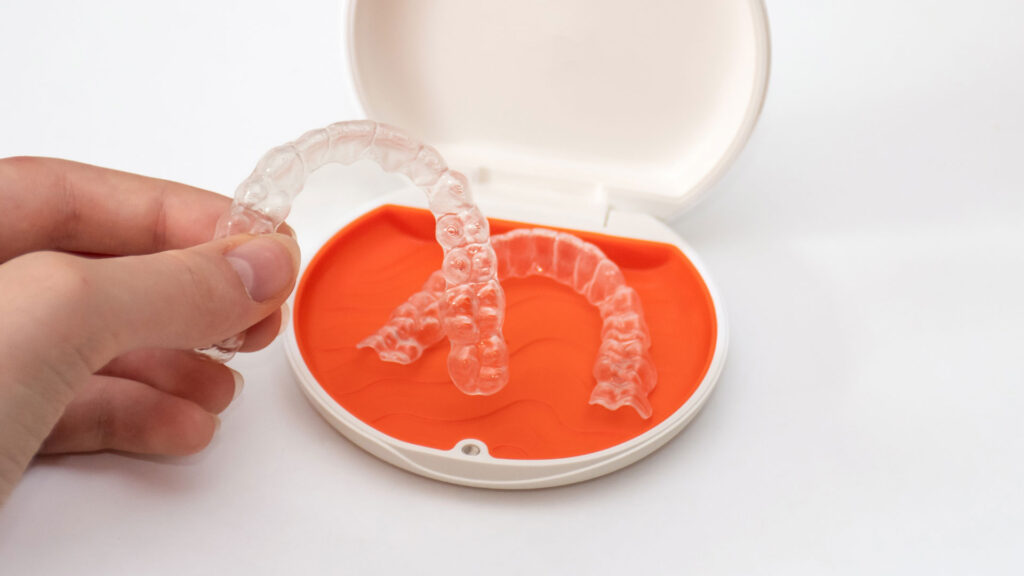
3. Gum Disease and Bone Loss: A Hidden Cause of Tooth Movement
Gum disease, or periodontal disease, is a serious condition that can weaken the supporting structures of your teeth. As the disease progresses, bacteria cause inflammation and infection in the gums, leading to gum recession, bone loss, and loosening teeth.
As the bone and gum tissue deteriorate, your teeth may shift, creating gaps or causing them to lean in different directions. In severe cases, untreated gum disease can even lead to tooth loss.
How to Protect Your Teeth from Gum Disease:
- Brush twice a day and floss daily to remove plaque and prevent bacterial buildup. You can also incorporate a water-pick into your routine for a different flossing method.
- Visit your dentist for regular cleanings and periodontal evaluations to detect early signs of gum disease.
- If you experience bleeding gums, persistent bad breath, or gum recession, seek treatment as soon as possible to prevent further damage.
4. Tooth Loss or Missing Teeth: How Gaps Lead to Movement
When a tooth is lost or extracted, the surrounding teeth tend to drift into the empty space. This is because teeth rely on adjacent teeth for support, and without that support, they may begin to shift.
Over time, this can lead to misalignment, bite problems, and uneven pressure on other teeth, increasing the risk of additional movement or even jaw pain.
How to Prevent Shifting After Tooth Loss:
- Consider dental implants, bridges, or partial dentures to maintain alignment and prevent gaps.
- If an implant is not an immediate option, talk to your dentist about a space maintainer to hold the position until a permanent solution is available.
- Address missing teeth promptly to prevent long-term bite and alignment changes.
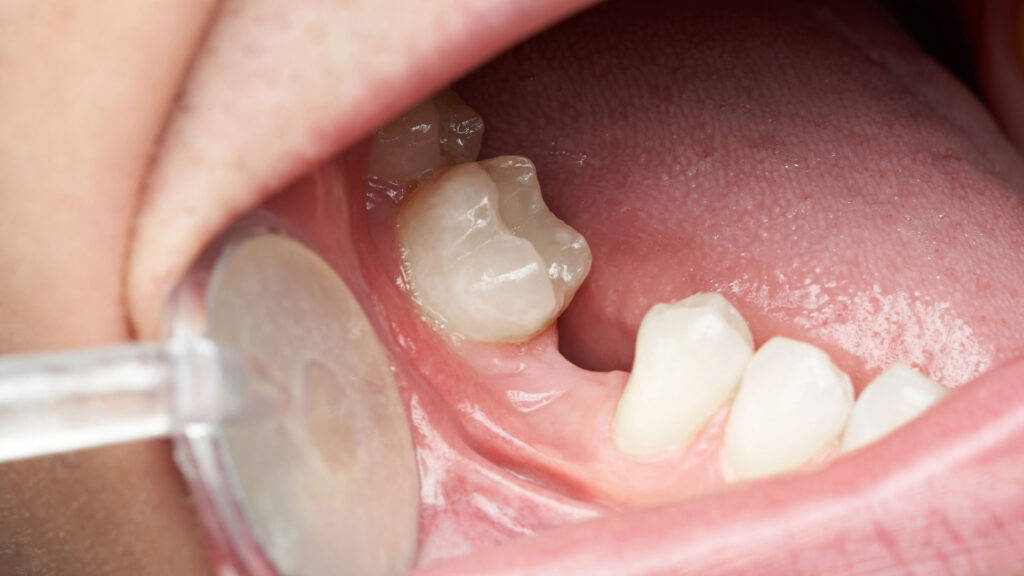
5. Grinding and Clenching (Bruxism): The Hidden Force Behind Tooth Shifting
Chronic teeth grinding or clenching, known as bruxism, can exert excessive pressure on your teeth. Over time, this force can wear down enamel, cause minor shifts, and even lead to fractures or TMJ (temporomandibular joint) problems.
Since bruxism often happens unconsciously, especially during sleep, many people don’t realize they are doing it until they experience jaw pain, morning headaches, or visible tooth wear.
How to Prevent Shifting from Bruxism:
- Wear a custom nightguard to protect your teeth while you sleep.
- Practice stress management techniques, as bruxism is often linked to anxiety or tension.
- If you experience jaw pain, popping sounds, or difficulty opening your mouth, consult an orthodontist or orofacial pain professional to evaluate TMJ issues.
6. Wisdom Teeth and Late Eruptions: Can They Cause Crowding?
Wisdom teeth often emerge in the late teens or early twenties. Wisdom teeth rarely contribute to dental crowding or orthodontic relapse as they erupt usually after the dental arches have already developed. Orthodontic relapse in many cases coincides with the eruption of wisdom teeth causing many dental professionals to suspect that the wisdom tooth eruption as the caused orthodontic relapse.
Impacted wisdom teeth sometimes can cause pressure on the roots of the second molars (12-year-old molars) from beneath the gums. This pressure can cause the loss of these molars or significant damage to the tooth structures. If wisdom teeth remain impacted, please consult with an oral surgeon to check the position and prognosis of these teeth and their neighboring molars.
How to Prevent Wisdom Teeth-Related Shifting:
- Get your wisdom teeth evaluated with X-rays before they erupt to determine if extraction is necessary.
- If removal is recommended, schedule the procedure sooner rather than later to prevent complications.
- Monitor any tightness or discomfort in the back of your mouth, as this may indicate pressure caused by your wisdom teeth.
7. Poor Oral Habits: How Small Actions Lead to Big Changes
Certain oral habits can exert constant pressure on your teeth, leading to gradual shifting. Some of the most common habits that contribute to misalignment include:
- Mouth Breathing can cause several structural and functional changes in the mouth, including bite issues, crowding, underdeveloped jaws, high-arched or collapsed palate, sleep disordered breathing and more.
- Thumb sucking or prolonged pacifier use beyond early childhood, which can push teeth forward, creating an open bite.
- Tongue thrusting, where the tongue presses against the front teeth when swallowing, gradually causing them to move forward and creating an open bite.
- Nail biting, which places uneven pressure on teeth and may lead to minor but cumulative shifting.
Read more about bad oral habits and how to break them here.

How to Correct Habit-Related Shifting:
- Work with a myofunctional therapist to correct tongue posture and prevent tongue thrusting.
- Work on purging harmful habits as early as you can. We recommend myofunctional biobehavioral modification techniques or habit-breaking appliances.
- If you notice pain, clicking in the jaw, unusual wear patterns or small shifts in your teeth, make an appointment with your orthodontist in order to address them before they worsen.
Can Teeth Shifting Be Reversed?
If your teeth have already shifted, you may need orthodontic treatment to realign them. Options include:
- Clear aligners (Invisalign) – A popular, discreet way to gradually move teeth back into position with custom-made, removable trays.
- Braces – An effective and long-time trusted option, providing controlled movement of teeth over time.
- Retainers – Can help prevent further movement or correct very minor misalignment.
Final Thoughts – Shift Happens!
Our bodies are very dynamic, tooth shifting is a natural process, but with proper care and early intervention, you can maintain a healthy, straight smile for life. Whether your shifting is due to aging, missing teeth, or poor habits, taking proactive steps can prevent long-term dental issues.
Noticed your teeth shifting? Don’t wait—schedule a consultation today to discuss your treatment options and protect your smile!

